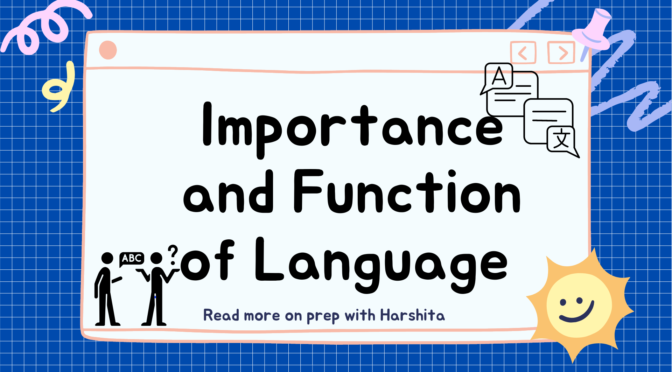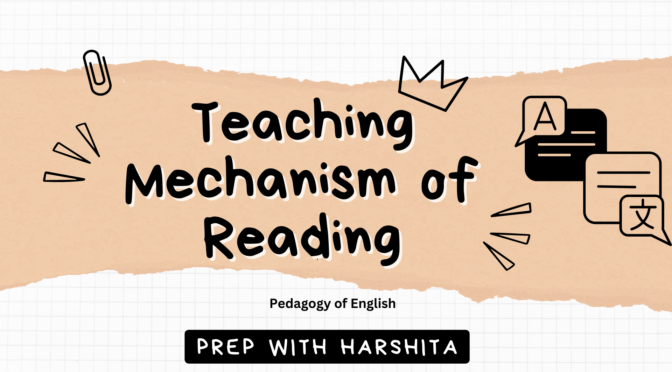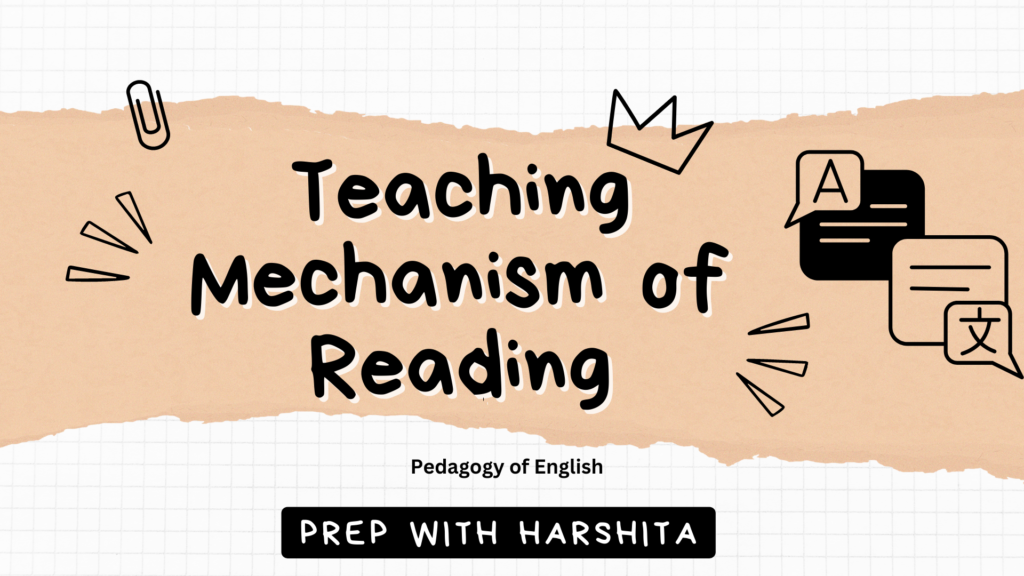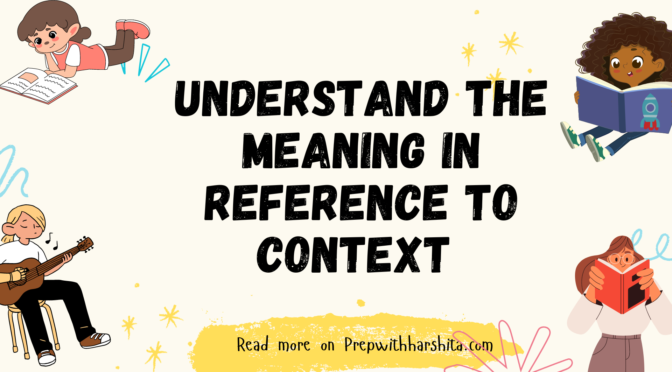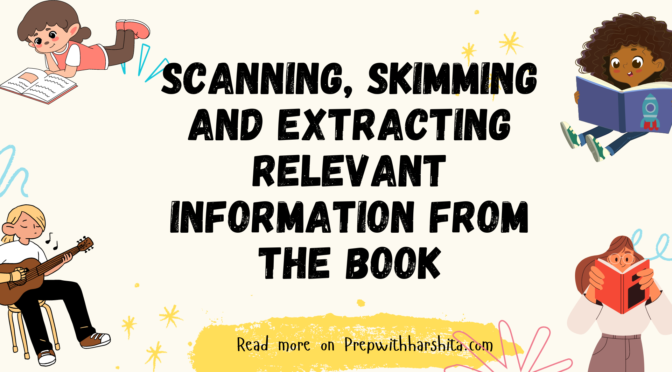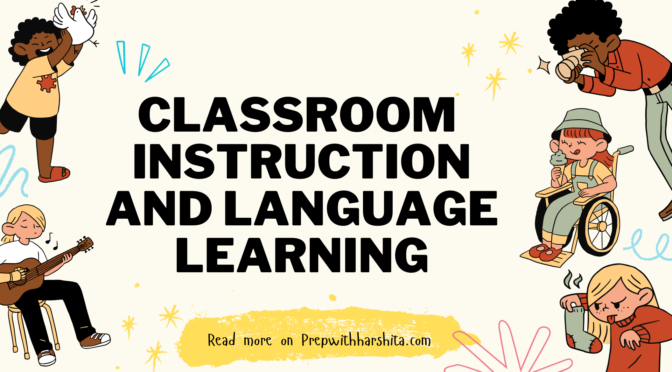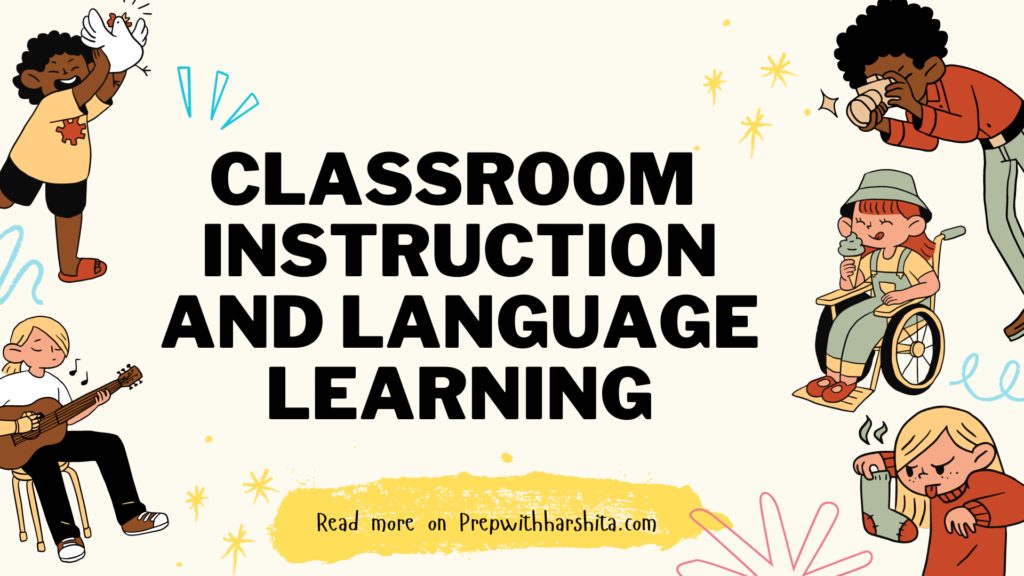Language plays a crucial role in human communication and cognition. Its importance and functions extend far beyond simple communication, as it shapes our thoughts, influences our behavior, and enables us to express complex ideas and emotions.
Here are some key aspects highlighting the importance and functions of language:
- Communication: Language serves as a primary means of communication between individuals, allowing us to convey information, share experiences, and express our thoughts, feelings, and needs. It enables social interaction and fosters connections among people.
- Knowledge Transfer: Language is instrumental in transferring knowledge from one generation to another. Through language, ideas, experiences, and discoveries are preserved and passed down, enabling progress and cultural continuity.
- Cognitive Development: Language plays a vital role in cognitive development. It helps structure and organize our thoughts, enhances problem-solving abilities, and enables abstract thinking. Language acquisition during childhood significantly impacts intellectual growth.
- Expression of Identity: Language is deeply intertwined with personal and cultural identity. It enables us to express our unique perspectives, beliefs, and values, and fosters a sense of belonging within specific linguistic communities. Different languages reflect diverse cultural nuances and worldviews.
- Creativity and Artistry: Language allows us to engage in creative expression, such as literature, poetry, songwriting, and storytelling. It provides a medium for artistic endeavors, enabling the exploration of emotions, imagination, and aesthetics.
- Socialization and Collaboration: Language facilitates socialization, cooperation, and collaboration within communities. It enables individuals to understand and adhere to societal norms, codes, and shared meanings. Language also forms the basis for teamwork, negotiation, and the exchange of ideas.
- Critical Thinking and Analysis: Language enables us to articulate and critically analyze complex ideas, theories, and concepts. It helps in developing analytical skills, logical reasoning, and the ability to express and defend arguments.
- Influence and Persuasion: Language is a powerful tool for persuasion and influence. Through effective communication, individuals can convey their opinions, influence others’ beliefs and behaviors, and advocate for causes or ideologies.
- Documentation and Record-Keeping: Language enables the creation of written records, documents, and archives, aiding in the preservation of historical events, scientific discoveries, and cultural heritage. It provides a means to store and retrieve information over time.
- Global Communication: Language serves as a bridge between different cultures and nations. It enables intercultural communication, fostering understanding, empathy, and cooperation on a global scale. Language learning facilitates intercultural dialogue and mutual respect.
In summary, language is a multifaceted and essential tool that shapes our lives, influences our thinking, and allows us to connect and interact with others. It is fundamental to our development, knowledge acquisition, self-expression, and cultural preservation.
Also Read : Classroom Instruction and Language Learning
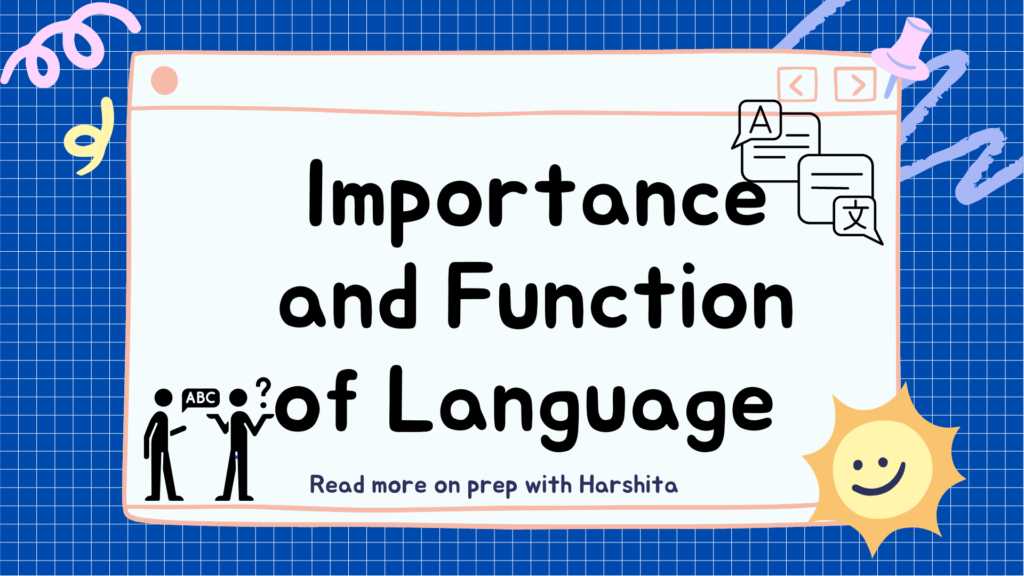
Also Visit : Prep with Harshita

